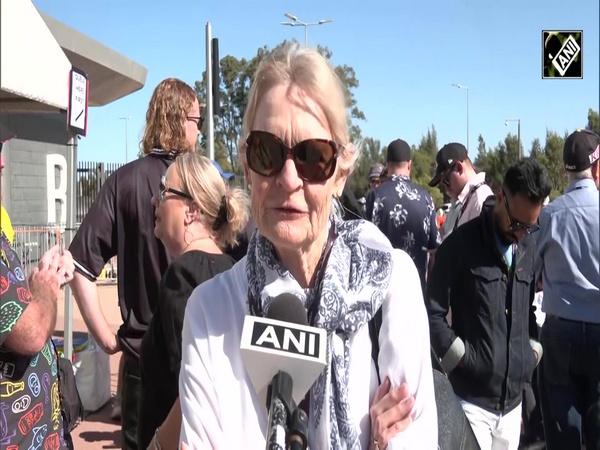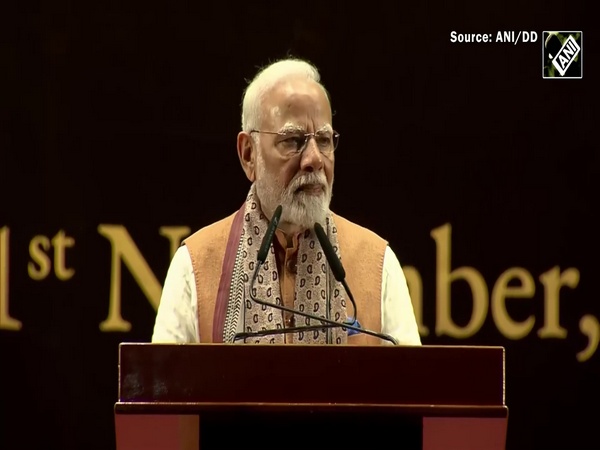Alcoholism treatment is potentially effective against COVID-19
Aug 06, 2020
New Delhi, Aug 07 (ANI): A team of chemists from HSE University and the Zelinsky Institute of Organic Chemistry used molecular modelling to find out that two medications that have been known for a long time can be used to fight SARS-CoV-2. These are disulfiram, which is used to treat alcoholism, and neratinib, an experimental drug being used to treat breast cancer. The paper about the discovery has been published online in the 4th issue of Mendeleev Communications journal.The structural elements of the virus that are less subject to mutation during its evolution should be chosen as a target for the potential treatment. Otherwise, a medication effective against one strain would no longer be effective against another. The best candidates for this are conservative proteins, such as the SARS-CoV-2 virus main protease M pro. In addition to being resistant to mutations, M pro plays a major role in coronavirusreplication, which means that its inhibition (blocking its function) is able to slow down or even completely stop its reproduction inside the body.Usually, the process of docking, as with a port dock and a ship entering it, is used for molecular modelling in simple cases. Two molecules participate in docking. One is called a 'ligand' (here, it is a medicine), and the other one is 'receptor' (or active site) of the target protein, such as Mpro, which can be used to 'dock'. An effective drug docks with the active site, by covalent links, which makes the enzyme dysfunctional or destroys it. But classical docking does not work in SARS-CoV-2.To overcome this problem, chemists from HSE University and the Zelinsky Institute decided to use 'on-top docking', which they came up with shortly before the pandemic. 'We decided not to focus on the previously described active site, but to investigate the whole surface of M pro protein with many medications, hoping that the big calculation powers would return useful "dockings",' - said Igor Svitanko, the author of the article,Professor at the HSE Joint Department of Organic Chemistry with the RAS Zelinsky Institute of Organic Chemistry.















